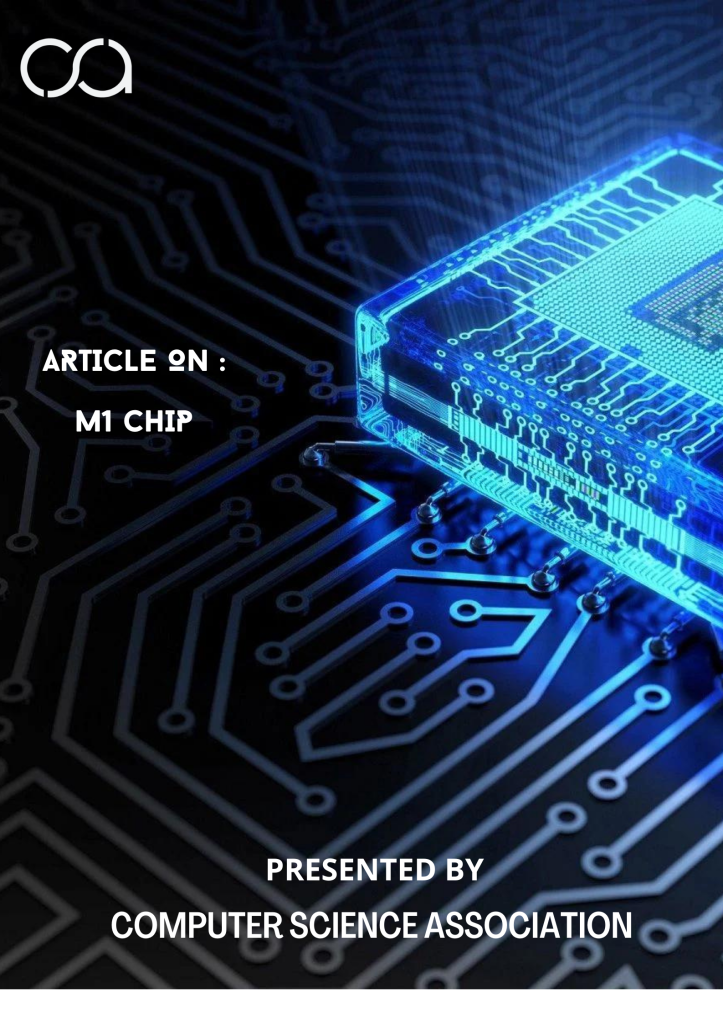
Introduction
A smartphone wakes up the instant you push a button; with one charge, it can last the whole day, whereas our laptops have a 3-4 hr battery life (not even talking about gaming laptops) and take a while to boot. Can’t we get these mobile features in a laptop? That’s just what Apple did with their M1 chip.
History

Chips can be classified into ARM-based and x86 based. ARM used RISC, Reduced Instruction Set Computing, and works with simpler commands than its counterpart CISC, Complex Instruction Set Computing, used by x86. Traditionally ARM chips were power-efficient, and x86 were powerful. So, x86 dominated PC chips while ARM dominated mobile chips.
Initially, Apple used ARM-based chips for their MacBooks which weren’t powerful enough. So, apple moved to Intel, the biggest chip manufacturer in the PC industry. Intel rejected apple’s offer to make chips for the iPhone, stating that Apple wouldn’t sell many units to justify the R&D cost. So, apple began to make its own ARM-based chips for iPhones and iPads.
Issues with Intel MacBooks
Intel Macs never felt like an apple product. Unlike iPhones and iPads, they had bad battery life, longer booting time, and a less responsive feel. The performance these Intel chips offered eclipsed these issues. Over time, Smartphones grew more powerful while Intel seemed to have slowed down in performance gains. Apple’s A14 Bionic used in iPhone 12 surpassed the single-core performance score of their intel i9-10900k MacBook. iPhones and iPads were better at day-to-day tasks than the MacBooks, and even some intensive tasks like exporting an iMovie project worked better on apple’s chips.
MacBooks and iMacs weren’t updated regularly like the iPhones due to frequent delays in intel’s chip releases. These forced Apple to break away from intel and make their own chips for PCs.
The Product

At the ‘One More Thing’ event in 2020, Apple introduced the M1 chip, M1 MacBook air, and M1 MacBook pro. Apple made bold claims about the chip’s performance and battery life.
The MacBook Air had a battery life of 15 hours. The base model had performed better than most Intel-MacBooks. These had a more responsive feel and fast booting time.
This is just the first-generation chip, and there’s so much potential to grow. In theory, M1 chip Macs could run all iPhone and iPad apps because of the common ARM architecture, making app development for the Apple ecosystem much easier.
Conclusion
M1 is a disruptive innovation, and it has set the bar high. Now the competition is forced to up their game. This is good for us, consumers, cause good competition means better products.
References